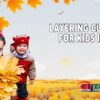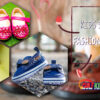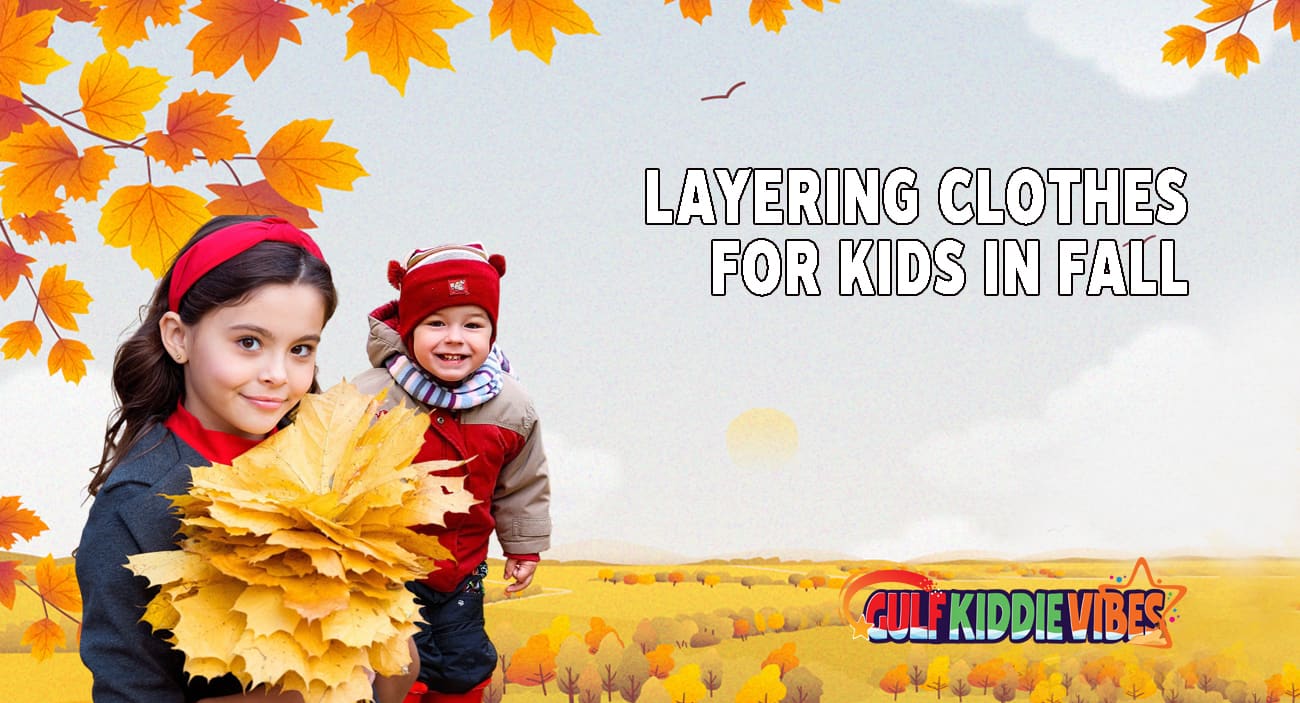
Layering Clothes for Kids in Fall: Parental Guide to Keeping Warm and Cozy
Master the art of layering clothes for kids in fall with this comprehensive guide. Discover the science behind the 3-layer method, ideal materials for moisture-wicking and insulation, and how to adjust outfits for mild, chilly, or wet weather. Avoid common mistakes and learn pro tips to keep children protected, active, and perfectly comfortable as temperatures drop.
Table of Contents
Leaves are falling, and the wind is becoming chillier—it’s the sign of the fall season. With the temperature falling, it’s time to start layering clothes for kids in the fall. The process I will share will be broken into three parts: base, middle, and outer. I will go over the best choices for each of these layers. Depending on the temperature, you might have to make some adjustments, which I will also go over.
Knowing how to layer the right way will help you avoid the common mistakes that others I know have made. It will also help you keep your kids warm and comfortable without having to worry about them sweating too much.
Why Layering is Essential for Kids in Fall
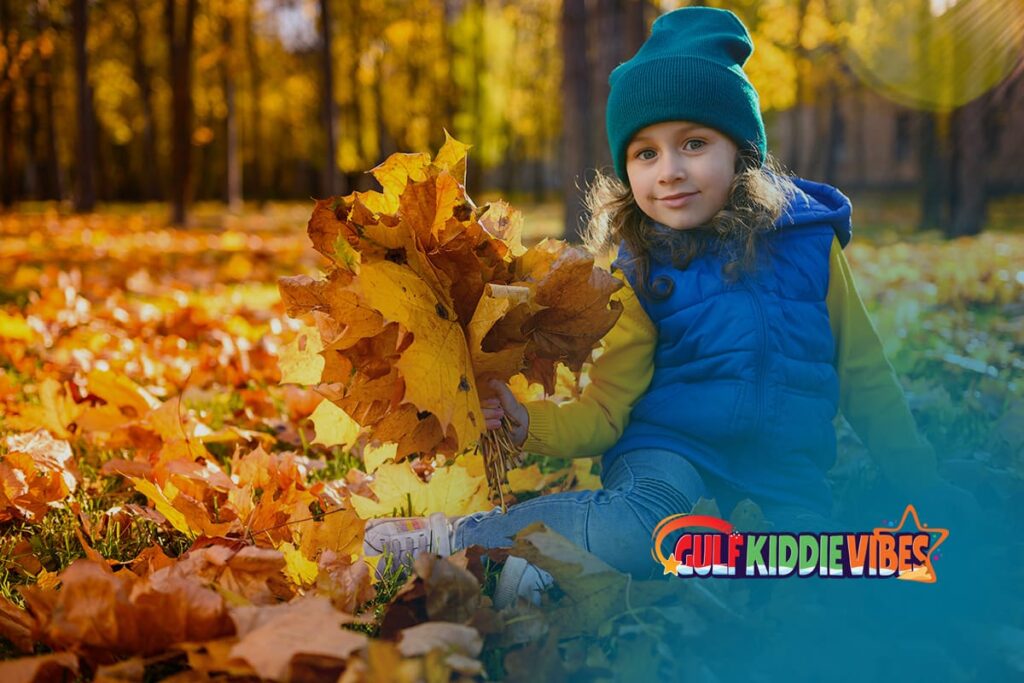
As I have said above, there are many benefits to layering clothes for kids in the fall season. These benefits basically boil down to your kids being warm and comfortable without any issues.
Benefits of Layering
The first benefit of layering kids’ clothes in the fall is that you can ensure they are warm by controlling their body temperature. The act of layering traps a certain level of heat in and around the body, thanks to the clothes acting as barriers. At the same time, proper layering will ensure there are areas through which heat can leave the body to prevent the kids from overheating.
Another benefit of layering is that the clothes can protect your kid from wind, rain, and even early snow. The different layers will prevent these elements from penetrating your kid’s body, keeping them dry and warm.
Finally, knowing the right way to layer kids’ clothes will help parents figure out different ways to put on the clothes depending on the weather and situation. Layering for formal events differs from layering for casual events, and knowing the process will help.
How Layering Helps Regulate Body Temperature
Kids’ bodies get warmer and colder much faster than ours, so seasons like fall can be quite challenging for them. Thanks to layers, parents can ensure that the kids don’t feel too bad when the weather changes. The way this happens is through temperature regulation.
As I just explained, the different layers of clothes trap and release body heat so that the body stays at a comfortable temperature. The best way to ensure proper temperature regulation is with the 3-layer system.
Understanding the 3-Layer System for Kids
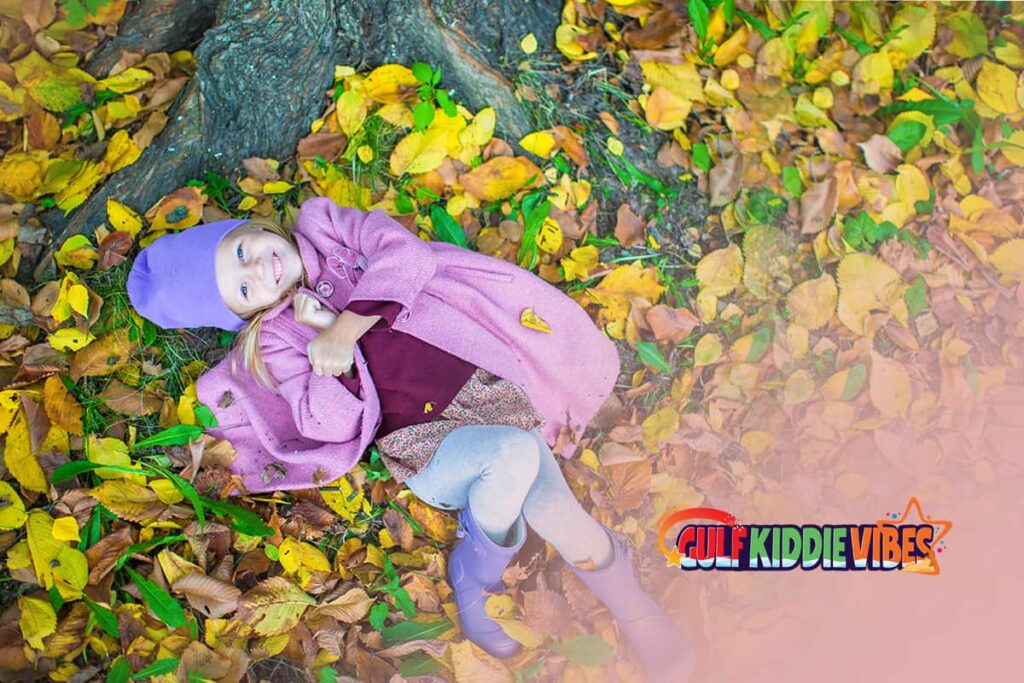
You will find many different styles of layered kids’ clothes for fall on the internet, but I can assure you that my guide on the 3-layer system is the best. Once I go over the whole thing, I guarantee you will believe it as well.
Base Layer (Moisture-Wicking)
The first or base layer is meant to lie directly on the skin and keep or pull any sweat away from it. This ensures the kids don’t feel clammy. Certain fabrics make for the best base layers for kids to wear during fall.
I recommend Merino wool, polyester, or bamboo blends. Each of these layers has excellent moisture-wicking features, so any shirt or thermal layer made from these fabrics will be very good. I also suggest you don’t pick any cotton clothes for the base because cotton holds moisture, which isn’t good for wicking moisture.
The fit of the base layer should be snug but not too tight. The layer maximizes warmth and breathability.
Middle Layer (Insulation)
The second or middle layer is the layer that ensures that kids don’t overheat. The layer will act as an insulating layer that will trap body heat while also allowing some to escape. This layer will keep your kids warm. And again, there will be certain fabrics that will work best for insulation.
Fabrics like fleece, down, synthetic insulation, and cotton might not be the best choice. Cotton isn’t the best choice for the middle layer because another layer will be on top.
If you had to choose, then go with lightweight fleece jackets or vests at the start of fall. Once fall is nearing its end and winter starts, go with thicker sweaters since it will get colder.
Outer Layer (Weather Protection)
Choosing the Right Fabrics for Fall Layering
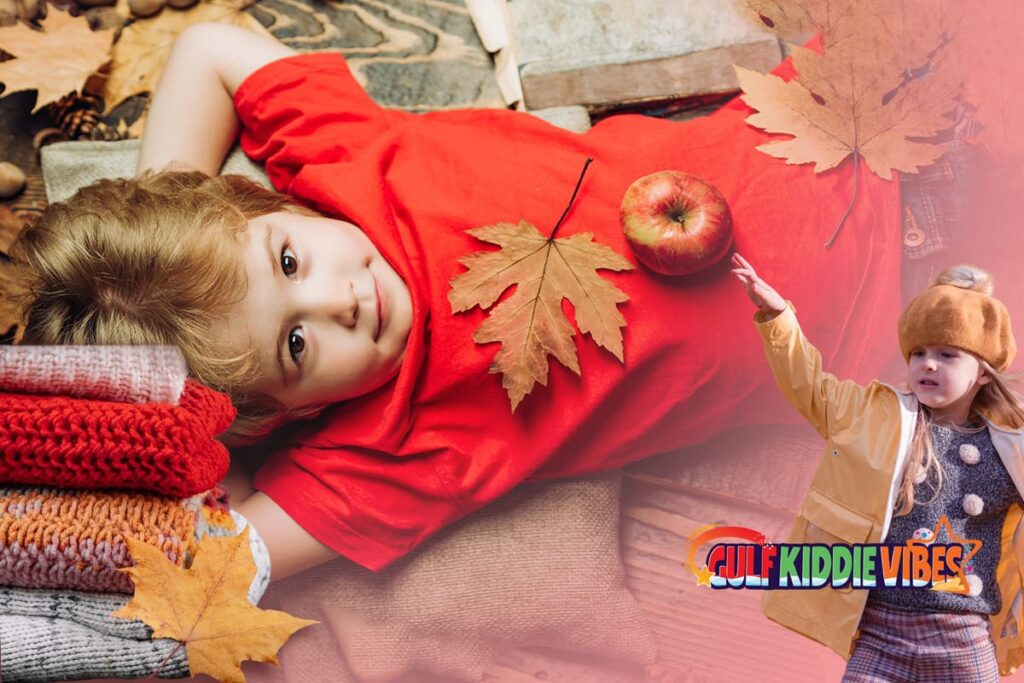
I have shared some ideas on the best choices for the three layers when layering clothes for kids in the fall. But now, let’s get into more details about them so you know why they are the best fit.
Best Materials for Base Layers
Of the three fabric choices I have shared for moisture-wicking base layer clothing, Merino wool and synthetic blends are the best. They are because their moisture-wicking properties are much higher and provide other benefits.
Aside from being naturally moisture-wicking, Merino wool also has other properties, such as odor resistance and temperature regulation. Both properties ensure that kids don’t smell bad and stay at a comfortable temperature when they wear them for longer.
Polyester and nylon are the right base layer choices because they are lightweight and quick-drying. The lighter weight makes it easier for the kids to wear two other layers on top, and the quicker drying allows parents to clean them faster. Synthetic blends are also cheaper, so they are lighter on the wallet.
Best Insulating Materials for Middle Layers
Fleece and down fall clothing make much better choices as middle-layer clothing in the fall. Both materials help regulate kids’ body heat at the best level without the possibility of overheating.
Fleece is a soft material that retains heat well even when wet. Some, like me, feel that fleece clothing is good enough to keep a kid warm in the early days of fall without the need for an outer layer.
Down is similar because it can retain heat quite well, but it has a downside. The material will get wet more easily, so you will have to have your kids add an outer layer. The alternative would be synthetic down, which does protect against light rain but not a downpour.
Best Waterproof and Windproof Outer Layers
Regarding outer layers, parents can go with either a hard shell or a soft shell, and both work well in different circumstances. One is better when the weather is miserable, like heavy rain, while the other will work really well when the weather is better and the kids are out playing.
Hardshell outer layers provide complete rain and light snow protection, so they should be worn in later fall months. Softshell outer layers are slightly water-resistant and are more breathable, making them better choices for early to mid-fall months.
How to Layer Clothes for Different Fall Weather Conditions
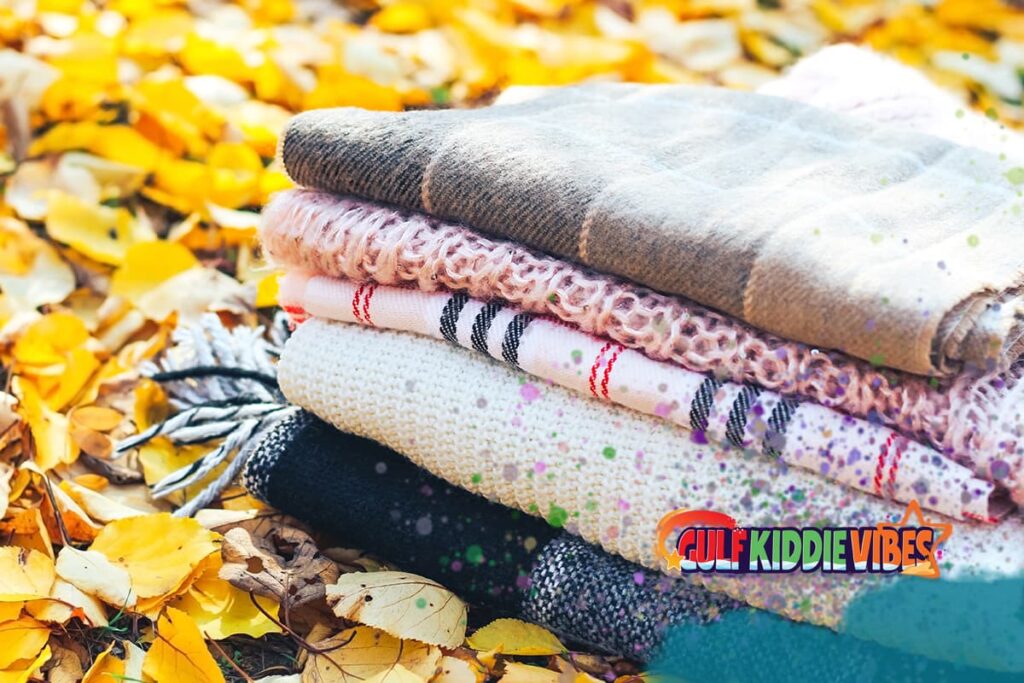
Depending on the time of year and season, parents will have to change up how they layer clothes for kids in the fall. Since fall is a transitional season, the weather during this time does vary, calling for different clothing choices.
To help you decide what your kids should wear, I will share some of the choices my kids and I made. Use them as a guide or inspiration; it’s up to you.
Mild Fall Days (50-65°F)
At this time, the temperature is really falling, but it’s not that bad. Therefore, there is no need to bust out the heavy cold-weather clothing. Here is an example of what my kids might wear.
For a base layer, my kids might wear a light long-sleeved tee made from wool or something synthetic. It will be moisture-wicking, so the chances of them sweating too much aren’t an issue. On top of the tee, they would wear a thin fleece or sweatshirt. This will keep them warm enough and allow for easier movement. Finally, they would wrap up the outfit with a windbreaker or light hooded jacket. This layer might be optional if the weather is pleasant and not too windy.
Chilly Fall Days (40-50°F)
Now that the temperature has dropped significantly, there is an active need to bust out the proper late fall and early winter clothing, and that’s exactly what I do. My kids will be wearing warmer clothing made from better insulating fabrics. Here is one such example.
Rather than a simple tee, something like a thermal or snug-fitting long-sleeve shirt is my kids’ base layer of choice. The material will be moisture-wicking and provide some insulation. Keeping with fleece, they might go for a thicker choice or put on a puffer vest. That won’t be enough in my eyes, so I will have them add on a water-resistant softshell jacket.
Cold and Wet Fall Days (Below 40°F)
Lastly, we are at the edge of winter, so the temperature will be low, and rain or snow will be common. This means my family, who gets cold easily, will be wearing essentially winter clothing. Instead of making sure my kids can run around easily, I am now more concerned with whether they are keeping warm and cozy.
The base layer is commonly a thermal, Marino wool top or similar leggings. They will keep away moisture and are well-insulated. On top of that, a middle layer is added, something like an insulated down or synthetic jacket. Now they will be toasty, but just in case, I have them carry a hardshell with a hood if they are planning to play outdoor.
Layering Tips for Active Kids
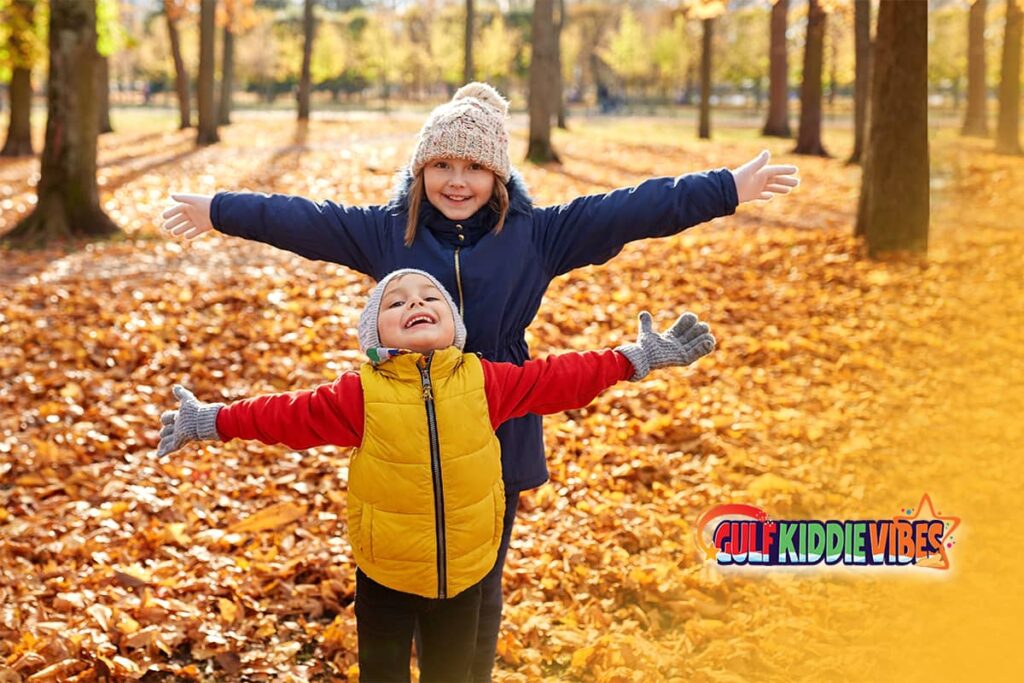
Kids who tend to play a lot will need to layer clothing differently from kids who stick indoors in the fall. Layering clothes for active kids in the fall mainly revolves around keeping them dry and warm, more than just warm.
Adjusting Layers for Outdoor Play
Since active kids run around a lot in the fall, they will need to have more mobility than other kids. This means the three-layer system might be too much for them, and they might overheat or sweat a lot. Instead, stick to two layers and make sure you pick clothes that are more insulated.
The second layer should be something like a zippered jacket to ensure there is enough ventilation. It will help keep the active kids cool while also retaining some heat to keep them warm.
Layering for School and Daycare
When kids are at school, they will play around a lot, and you won’t be able to adjust what they are wearing. That’s why I suggest you dress them in easy-to-remove layers like cardigans and zip-ups. Teachers can easily remove or put on these based on need. Also, pack an extra base layer so that they have something to wear indoors in case of spills.
Common Layering Mistakes to Avoid
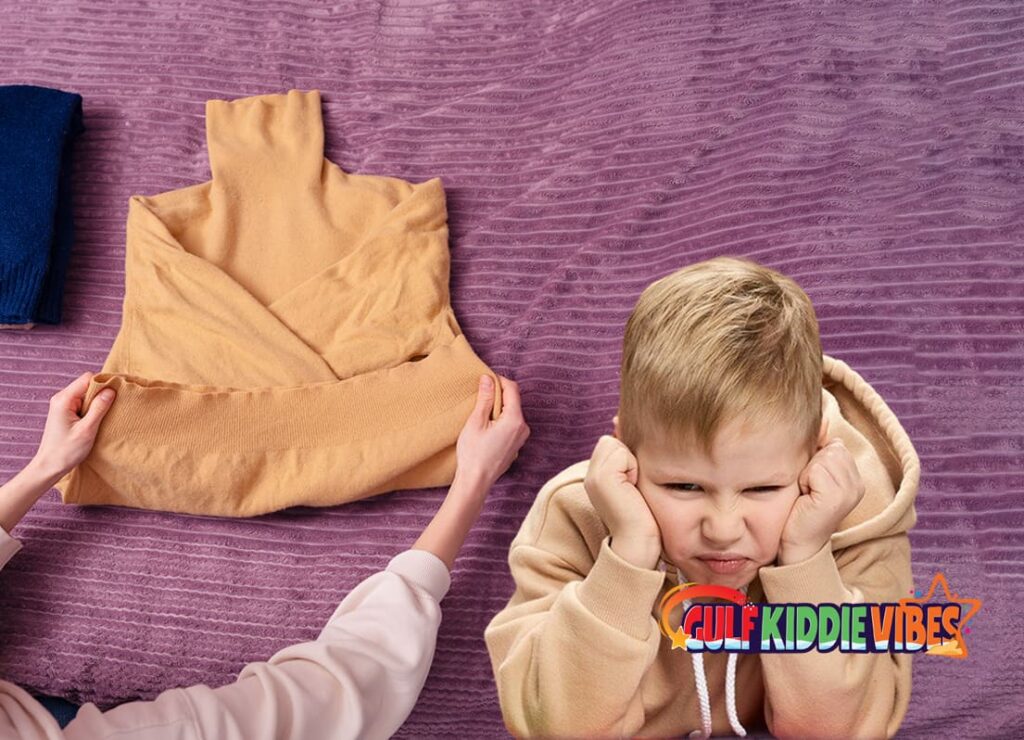
My guide on layering clothes for kids in the fall should be more than enough to teach you what not to do. But just in case, here are three common mistakes parents make regarding layers.
Overheating Due to Too Many Layers
Parents fear their kids catching a cold, and some people tend to go overboard with the layers and put on too many layers for the kids. Instead of keeping them warm, the excess layers heat up the kids, and they get clammy and too hot.
To avoid this, keep it simple with a three—or two-layer system and pick clothes that are moisture-wicking and insulated.
Choosing Non-Breathable Fabrics
Breathable fabrics made with quality fabrics will be enough even with two layers in the fall. Sometimes, parents pick something like wool instead of synthetic, which is the worst choice.
Cotton soaks up moisture, which, as a base layer, does the opposite of what it’s supposed to do. It doesn’t keep people warm and dry; instead, getting wet makes them feel colder and wetter.
Ignoring the Importance of a Good Outer Layer
When it gets below 40°F, it’s time to bring out the warmer clothing at least for the kids. They tend to get colder faster than we do, so they need proper layers. Even if they say they get warm, have them wear an outer layer. Something like a softshell jacket or hoodie is good enough, and it won’t be too restricting or insulating, so kids won’t mind them.
Best Fall Layering Outfits for Kids
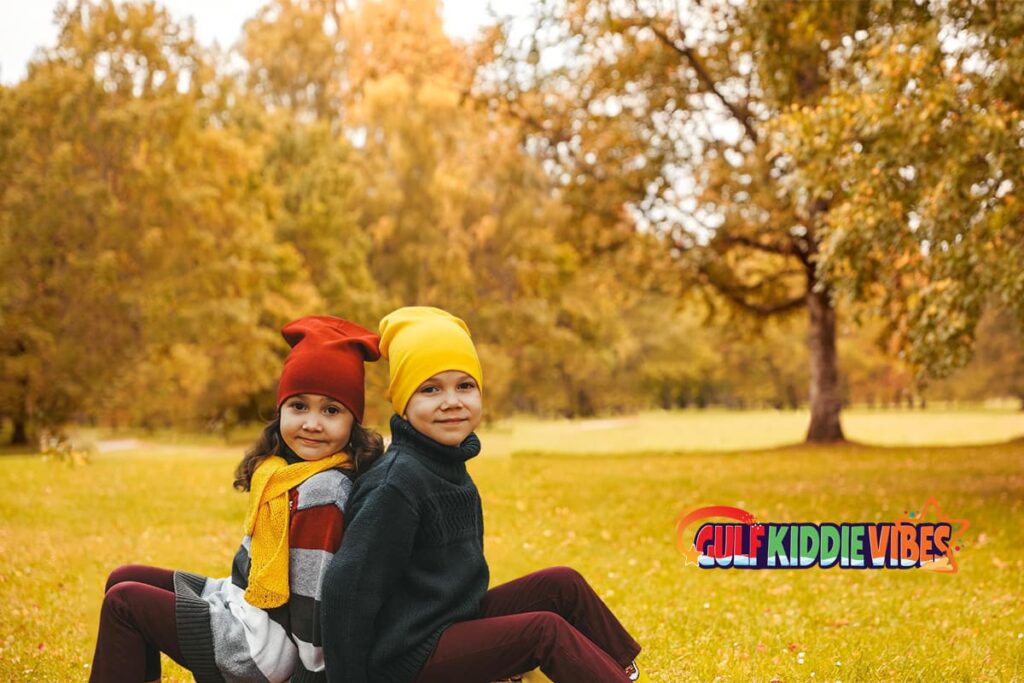
Young children need to be layered properly because they are most vulnerable to cold weather in the fall. Layering clothes for children between the ages of one and three, and six or twelve, is quite different. Here are some examples to help you understand.
Toddlers (1-3 Years)
At this age, the kids need to be protected and get warm. I went with a thermal onesie, fleece jacket, and waterproof bunting as a combination with my kids when they were at this age. The combination offers excellent insulation, and the outer layer protects the baby from water.
If you are staying indoors, the bunting won’t be necessary, but I still recommend it because it adds more insulation.
Preschoolers (3-5 Years)
An outfit with a long-sleeved tee, fleece vest, and softshell jacket is a great choice for preschoolers. At this age, they are running around a lot, so flexibility and breathability are important. This combo offers warmth, weather protection, and flexibility all in one go.
As add-ons, you can even have them wearing light gloves when not playing or a neck gaiter when the weather is a bit windy.
School-Age Kids (6-12 Years)
Middle schoolers will have a completely different sense of fashion than their parents, so you won’t be able to make them wear whatever you want. Instead, offer them choices of what you want and have them choose what they like. This way, they will still wear something that you are comfortable with without messing with their style.
Picking a combo of wool bases, fleeces, and waterproof jackets will ensure protection and warmth. To make it their own, they can add a beanie and colorful socks.
Frequently Asked Questions (FAQs)
How many layers should my child wear in fall weather?
Most children need 2-3 adjustable layers depending on temperature and activity level. Start with a moisture-wicking base layer, add an insulating mid-layer like fleece, and finish with a weatherproof outer shell for wind and rain protection. Adjust layers as needed when moving between indoor and outdoor environments.
What’s the best fabric for a child’s base layer in the fall?
The best base layers for kids are breathable, moisture-wicking fabrics like merino wool or synthetic blends (polyester, nylon). Unlike cotton, which retains moisture and can lead to chills, these materials pull sweat away from the skin, keeping children dry and comfortable.
Can my child wear a cotton hoodie as a middle layer?
While cotton hoodies are cozy, they’re not ideal for insulation because cotton absorbs sweat and dries slowly, making kids feel cold. Instead, opt for fleece, down, or synthetic insulation, which provides better warmth and breathability.
How do I know if my child is too hot or too cold in their layers?
Check their neck, back, and hands—if they’re sweaty, remove a layer. If their skin feels cold or they’re shivering, add a warmer mid-layer or windproof jacket. Dressing kids in easy-to-remove layers helps regulate their temperature throughout the day.
Conclusion
Layering clothes for kids in the fall means you will need to pick three different layers: base, middle, and outer. The choices for each layer will provide your kids with insulation while keeping them dry. The main choice to consider for these layers is the type of fabric they are made from. Natural and synthetic fabrics have properties that parents should consider.
By following my three-layer system, choosing the right fabrics, and adjusting for activity levels, parents can keep their little ones happy and healthy all season long. These tips make dressing kids for fall simple, practical, and stress-free.


